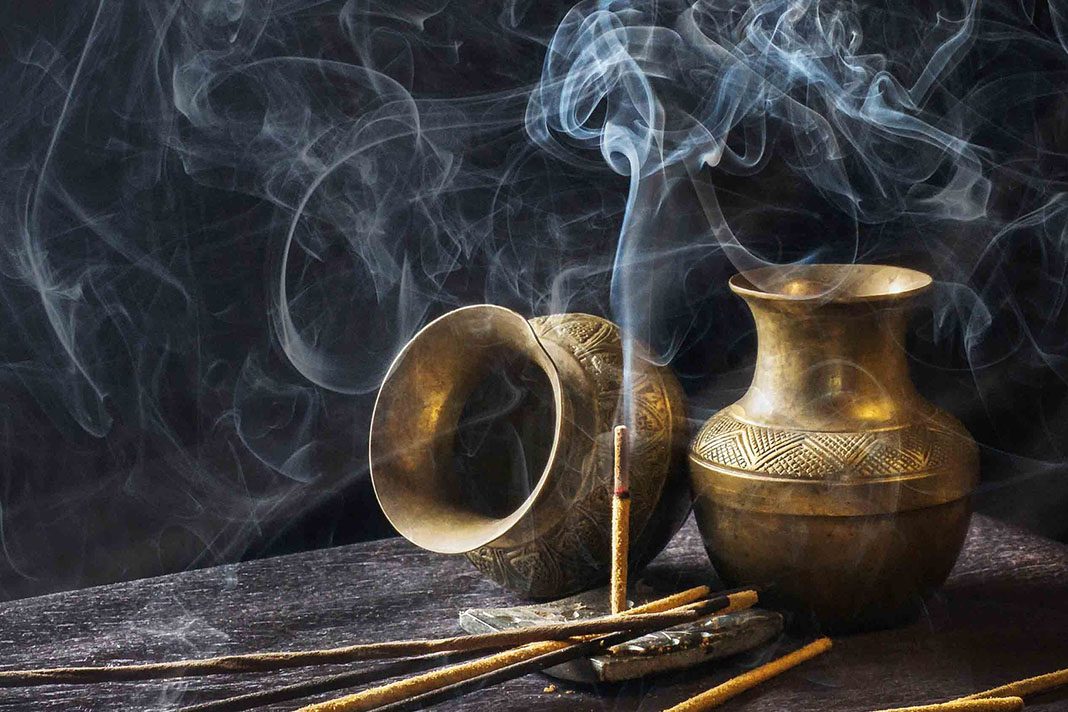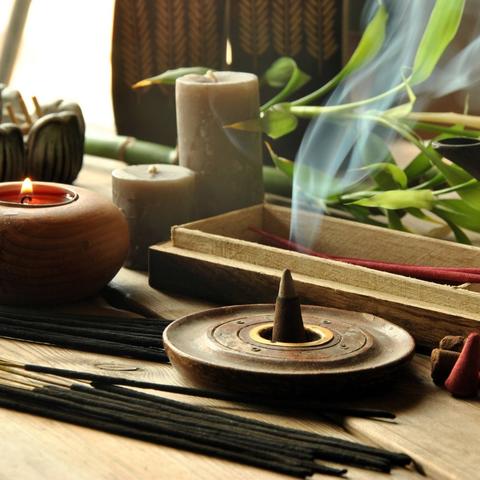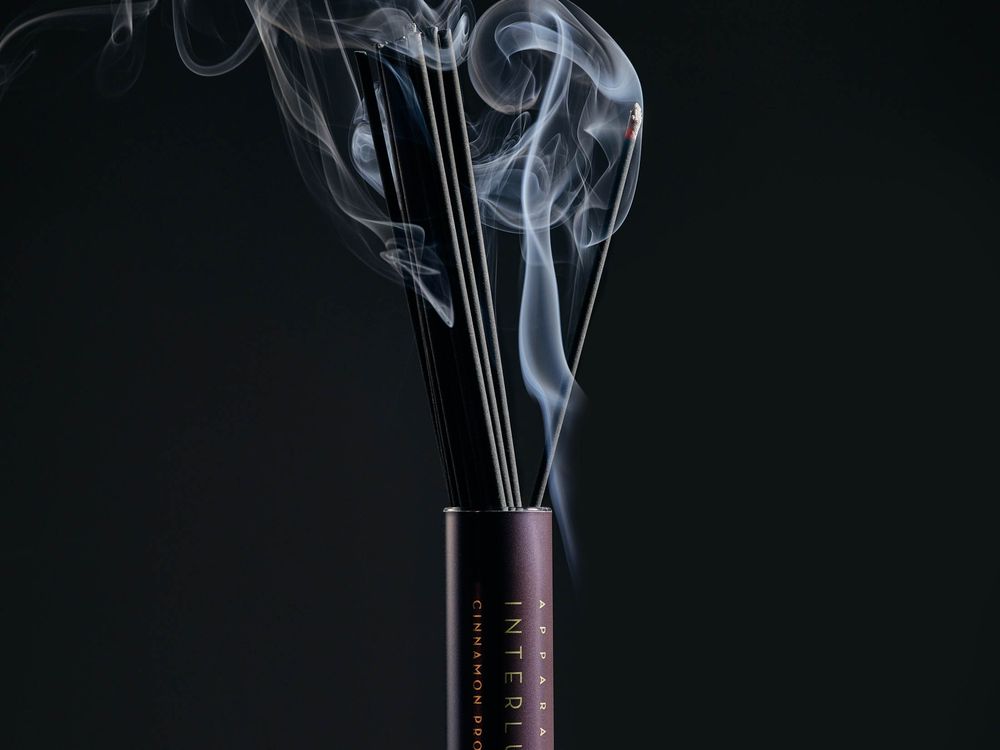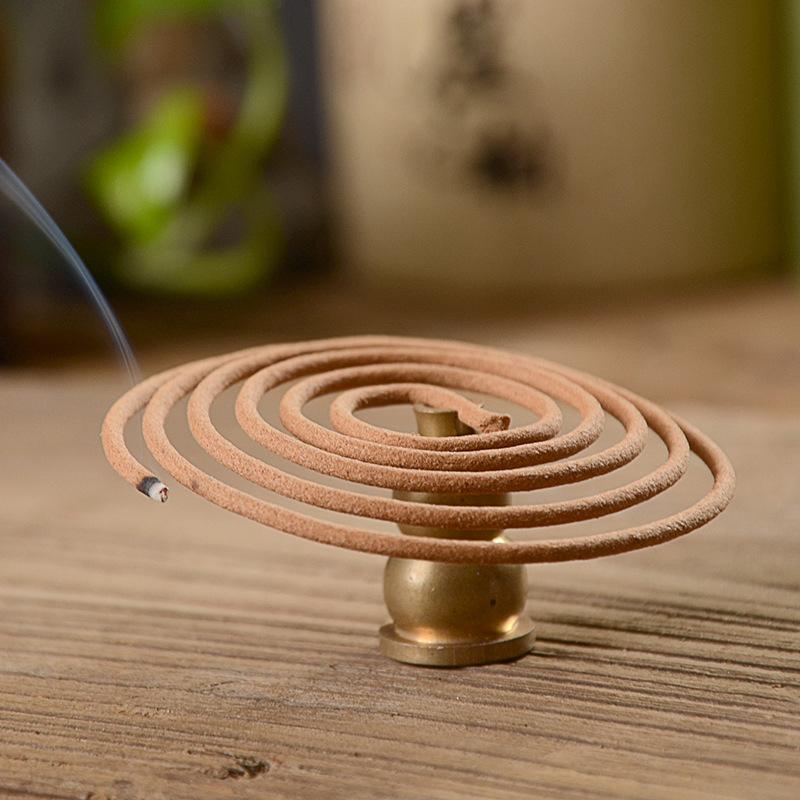Table of Contents

Incense has been around for ages in different forms and for different reasons. Incense cones or sticks have been used over the years for various purposes. Many religious practices involve the use of incense. It is also said to be an effective method of dealing with foul odors.
The two most popular forms of incense available today are cones and sticks. It is only normal for people to be confused between the two. While incense cone vs. stick is a vast area of discussion, a notable feature is that incense sticks usually burn longer than cones.
Prepare to dive deep in and compare the two forms of incense so that you can make an informed choice; incense cones or sticks.
Ingredients Of Incense
First, let us understand the composition of incense. Incense mainly comprises the aromatic material and the binding agent.
The aromatic matter produces the scent, whereas the binding agent is the combustible material that helps the incense hold its shape.
The aromatic matter is generally procured from plants. It includes resins, seeds, barks, roots, and flowers. The ingredients used are greatly influenced by the area in which the incense is being manufactured. However, some common aromatic ingredients are:
- Musk
- Cinnamon
- Myrrh
- Sandalwood
- Frankincense
- Patchouli
The other part of the incense is the combustible binding material. It is the part that ignites and allows the incense to burn and give out smoke. Commonly used ingredients are wood powders or charcoal.
The Making
The method of making incense sticks and cones is quite different. Let us look at both of the processes.
How Are Incense Sticks Made?
Broadly, there are two kinds of incense sticks – with a center and without a center.
The variant with a center is said to have Indian roots. It is made by dunking bare, thin bamboo sticks into waters, incense powders, and essential oils.
Most of the stick is covered in thick layers of this mix, except for the bottom. This part is left bare for holding the stick or fitting it into a holder.
The other type of incense stick, without a center, is said to have its roots in China, Tibet, and Japan. These incense sticks are made by rolling a mixture into the shape of a stick and drying it. The mix consists of dried incense ingredients, water, and a binding agent such as wood powder.
How Are Incense Cones Made?
The process of making incense cones is similar to that of incense sticks without a center. The paste of the incense cones is placed inside cone-shaped molds. It is then left out for drying and setting into the shape.
Do Incense Cones And Sticks Smell Differently?
Yes, there are some differences in the smell produced by incense cones and sticks.
Incense sticks give out a more delicate odor in comparison to incense cones. They also have a more consistent smell throughout the burning duration.
On the other hand, incense cones give out a more pungent, intense odor. The intensity of the scent increases over the length of the cone.
This difference in consistency of smell through the burning period arises from the shape of the incense.
In incense sticks, the amount of matter being burned remains constant throughout the surface of the stick. However, in the case of incense cones, the matter being burnt increases from the tip of the cone to its wide body.
Burning Duration
Whether you choose incense cones or sticks, both burn differently. Even though incense cones are bigger in appearance, incense sticks usually burn longer than cones.
How Long Do Incense Cones Burn?
Incense cones are quick to burn out, as they are much wider than incense sticks. At any point, there is much more surface being burnt, in contrast to an incense stick. There is not much standardization when it comes to the size of incense cones.
Backflow incense cones burn for approximately 10 to 15 minutes. Non-backflow incense cones generally burn for a duration of 15 to 30 minutes.
The difference between the two cones is that the smoke flows downwards instead of upwards in backflow incense cones. These incense cones have a tiny hole drilled through them that allows the smoke to flow down the burner.
How Long Do Incense Sticks Burn?
The burning time varies for the different types of incense sticks. Let us look at the common variants.
Let us first examine the sticks without cores. Full-length Chinese incense sticks, which are commonly 21cm long, burn for almost 40 minutes. Japanese sticks are comparatively short, about 10 to 15cm. They burn for anywhere between 20 to 30 minutes.
Indian incense sticks, the ones with cores, burn for a more extended period of time. They are generally about 27cm long and can burn for almost an entire hour.
Other Forms Of Incense
If incense cones or sticks are not to your liking, you can try other forms of incense as well.
Incense Coils
In this form, the incense paste is twisted and shaped into a coil without a core. This form of incense is much more long-lasting in comparison to incense cones or sticks. It can burn for hours at a time.
Incense Powders
Sometimes, loose incense powder is burned directly without processing it into a shape. Loose incense needs a constant heat source to keep it burning, as it does not contain combustible agents.
The Final Verdict
The different forms of incense have their unique features. Whether you should pick incense cones or sticks depends on your requirements.
If you are looking for a gentle scent that lasts long, incense sticks are a perfect choice. You can light them up to accompany your meditation or reading sessions, and they can burn for as long as an hour.
However, if you are looking for an intense smell for a shorter period, incense cones will do the trick. Even though incense cones are bigger in size than sticks, incense sticks usually burn longer than cones.










